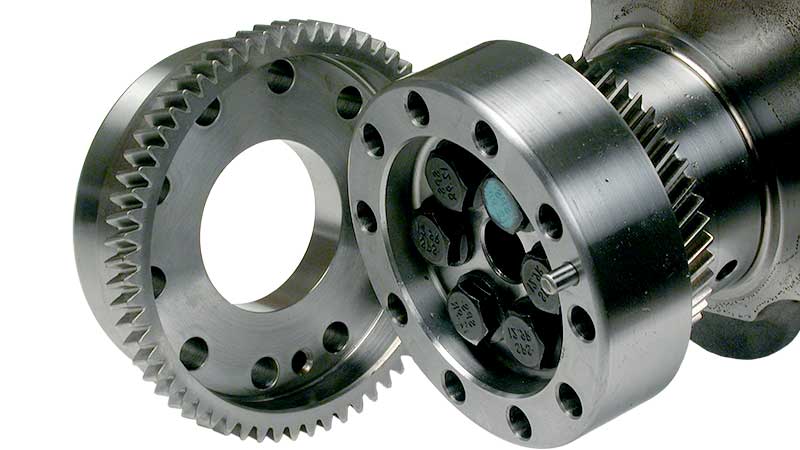Curing Material on an Aluminum Mandrel
Objective Heat a customer supplied aluminum cylinder to 80-120°C for a material curing application. More application notes
Processes
Processes: More
Processes: More

Industries:
Industries: More
Industries: More
Industries: More

Products:
Products: More
Services:
Services: More

Learn:
Learn: More
About:


Shrink fitting is a process where a size change after assembly, which can be achieved with induction heating, creates an interference fit. By heating or cooling one component prior to assembly and allowing it to return to the ambient temperature after assembly, the thermal expansion creates a joint. In fact, after the assembly cools, it generally cannot be separated without reheating the assembly to reverse the process.
Check out our shrink fitting applications page to read dozens of shrink fitting application notes.
Typically, with shrink fitting you heat a part to roughly 300 to 500 ˚F (150 to 300 ˚C), which is enough to allow the part to expand enough to enable insertion without changing the metallurgical structure. There are a number of advantages to shrink fitting with induction heating including:
THE LAB at Ambrell has worked on numerous induction shrink fitting applications. Additionally, they offer complimentary applications testing.

Objective Heat a customer supplied aluminum cylinder to 80-120°C for a material curing application. More application notes

In today’s manufacturing landscape, efficiency, precision, and sustainability are critical. Induction heating—a process that uses electromagnetic...

When it comes to many manufacturing processes, including this forging application, precision and efficiency are critical. Traditional heating methods...